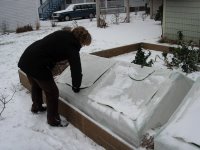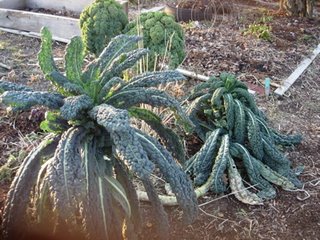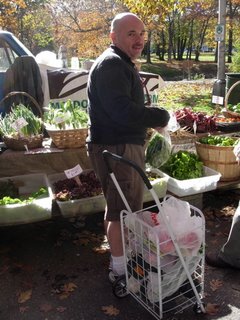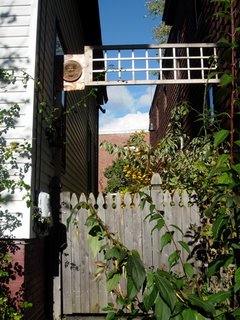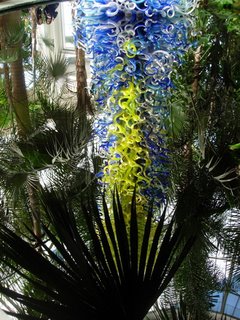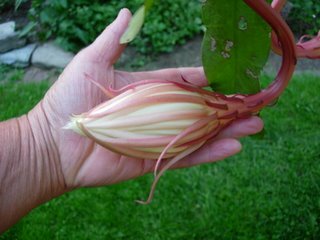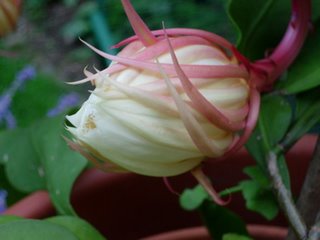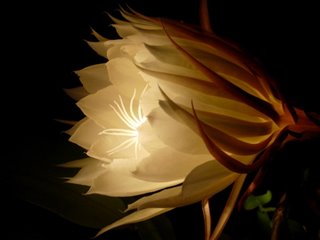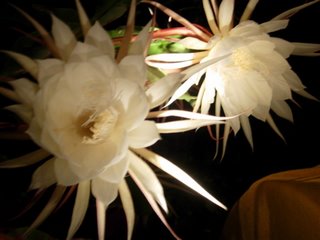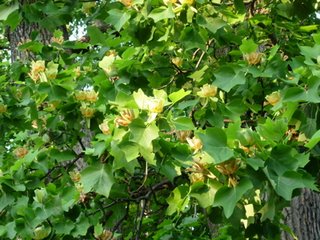New gardening courses to be offered on the Hill

Gardening Green. Make your gardening activity “greener”. This short, three-session course will introduce the basics of integrated pest management, avoiding invasive plants, using the sun as an energy source to fertilize your plants, and the role of plants in slowing global warming. A speaker from Friends of Casco Bay will talk about traditional vs low-impact lawn care. 3 classes, May 1, 8, and 15. Cost $21.

Right Plant, Right Place. No more dead plants! This course will help you make decisions about what plants to buy this year as well as how to plant them. Topics include soil tests, basic plant anatomy and physiology, and a field trip to O’Donal’s with discount for class participants. 3 classes, May 22, 29, and June 5. Cost $21.

Garden Makeover. Make your garden look good. Learn basic planning techniques like site surveys, elements of design, and plant selection. Explore pruning and transplanting as garden makeover techniques. Bring your own garden problems to class. Includes field trip to a local garden tour, followed by lunch (cost not included in class fee). 5 classes, May 31, June 7, 14, 21, 28. Cost $28.
To register for these courses, visit Portland Adult Education on the web or call 775-0432 or check your Portland Adult Education brochure (mailed this month; available at stores and libraries around town). Instructor: Nini Mc Manamy, Master Gardener, horticulturist, and educator.













